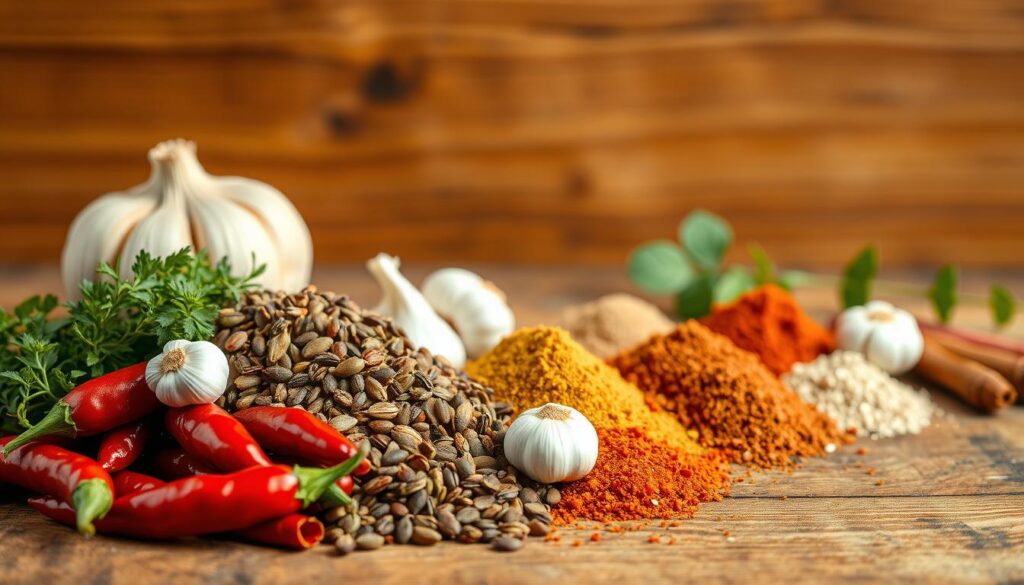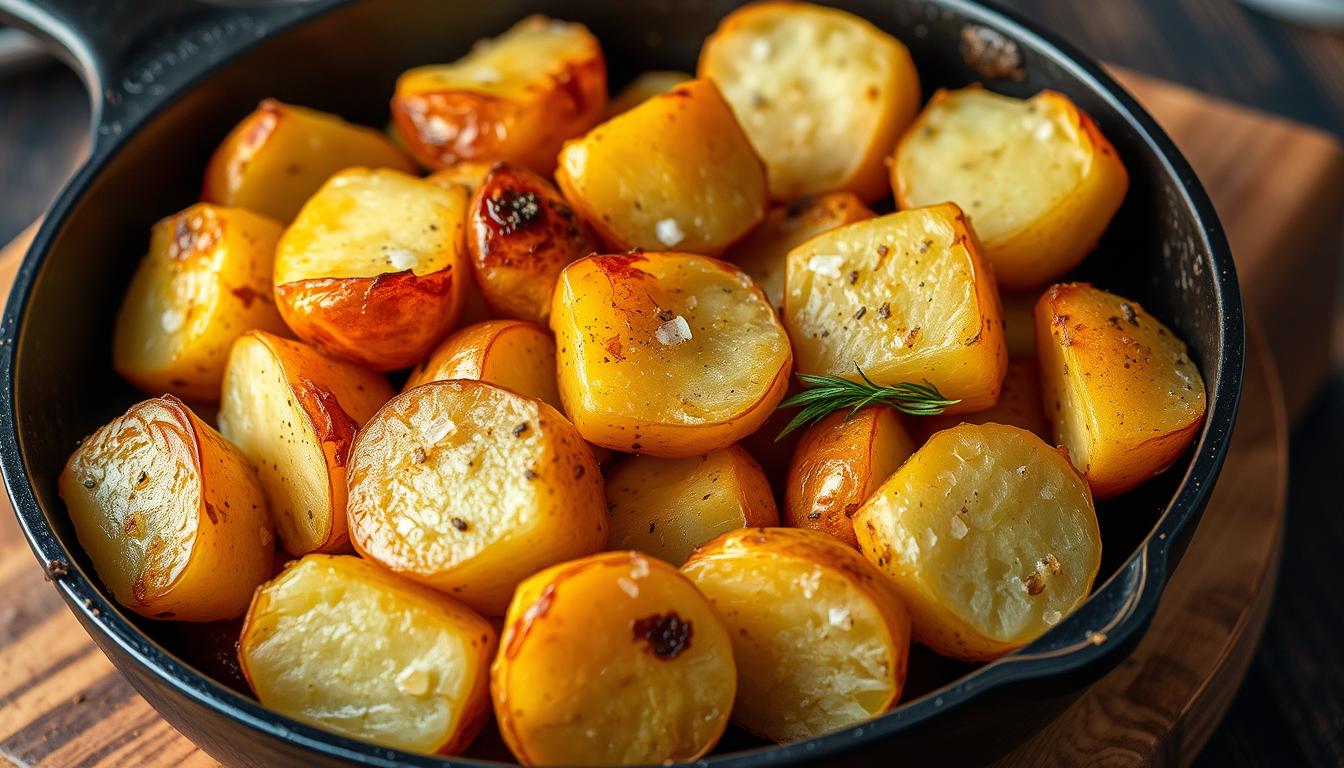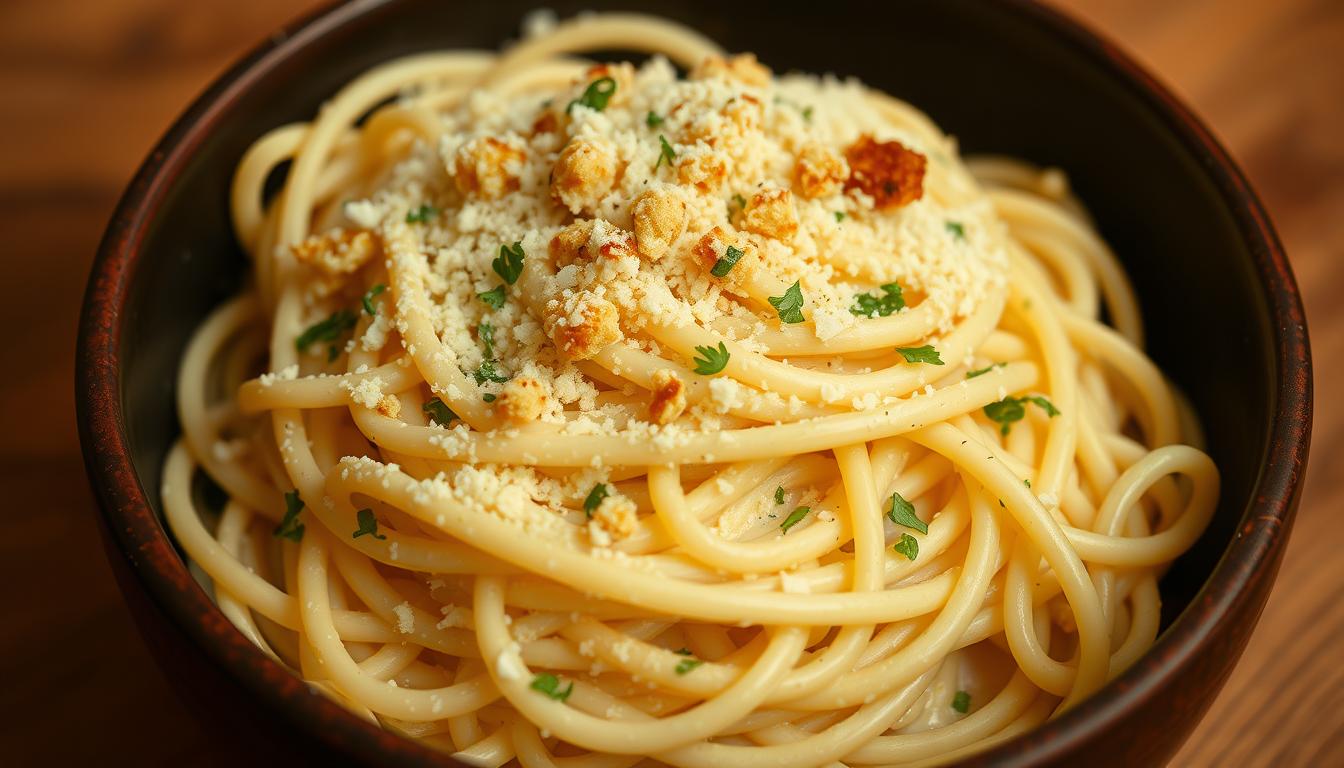Imagine the smell of cumin and chili peppers in your kitchen. The slow simmer of tender beef makes your home feel cozy. This is the magic of chili con carne, a dish that mixes Mexican heritage with American comfort.
Whether you’re making a Tex-Mex classic or exploring Mexican cuisine, this recipe offers deep, smoky flavors. Everyone will love it.
This dish comes from Texas and Northern Mexico. It’s more than just a meal; it’s a story. This guide shows you how to use authentic spices like ancho and chipotle chiles. It also makes cooking easier for home cooks.
You’ll learn why adding cornmeal and lime juice makes the dish unforgettable. Each spoonful will be special.
Table of Contents
The Rich History of Chili Con Carne
Chili con carne’s journey from simple beginnings to a beloved dish is fascinating. It started in mexican cuisine, where chili peppers were a key ingredient since ancient times. Before Europeans arrived, Indigenous groups used them in stews.
Origins in Northern Mexico and Texas
Chili peppers were first grown by the Aztecs and Mayans. After Spain’s arrival, they mixed with Spanish tastes. Mexican and Texan settlers combined dried meat, beans, and chilies, creating a favorite for cowboys and pioneers.
The first written record of chili con carne was in 1771 by Spanish missionaries.
Evolution of Chili Con Carne Through the Ages
In the 1800s, chili vendors, or « chili queens, » sold it in San Antonio. They mixed authentic tex-mex flavors with easy-to-find ingredients. This time also saw the opening of chili parlors, like those in Indianapolis.
Thomas Garcia and Phillip Gomez were among the pioneers. They served big bowls of chili. Here’s what they did:
| Name | Location | Legacy |
|---|---|---|
| Thomas Garcia | Indianapolis | Opened one of the first urban chili parlors, later buried in Crown Hill Cemetery |
| Bruno Aleman | Indianapolis | Pioneered Mexican chili pepper imports, boosting local recipes |
| Phillip Gomez | Indianapolis | Popularized Tex-Mex chili at 450 W. 11th St. |
Why Chili Became an American Staple
During the Great Depression, chili was cheap and filling. It became a survival food. Its popularity grew at events like the 1893 World’s Fair.
Today, it’s loved for its adaptability. It goes from campfires to modern kitchens. It’s a true symbol of American traditional comfort food.
What Makes an Authentic Chili Con Carne
Authentic chili con carne begins with the right ingredients and methods. Unlike many homemade chili versions, traditional Tex-Mex recipes use chunks of chuck roast instead of ground beef. This choice makes the meat rich and tender, soaking up bold spices well.
The debate over beans is intense. Texans, known for their chili, say « no beans. » A regional guide confirms, « Today’s Texas chili… is made with chunks of beef rather than ground meat. »
Key to authentic Tex-Mex flavor are ancho and chipotle chili powders, cumin, and Mexican oregano. Spices are toasted first to release their aromas. Then, they’re blended with beef broth and tomato sauce. Masa harina thickens the stew without hiding the meat’s flavor.
Traditionalists avoid tomatoes and onions. They focus on chili paste starters with cornmeal and dried ancho peppers.
- Chuck roast (select or choice grade)
- No beans, tomatoes, or onions in classic versions
- Spice blend of ancho, cumin, and smoked paprika
- Simmering for 3+ hours to meld flavors
Cooking methods are crucial. Meat is seared first, then slow-cooked to make it tender. Some add masa harina for thickness, but never cornstarch. This chili con carne style balances smoky heat with a hint of sweetness from dried chilies.
While there are adaptations, the essence of authentic recipes stays true. Even small details define the dish’s heritage.
Essential Ingredients for Perfect Chili Con Carne
Learning to make homemade chili begins with picking the right ingredients. Whether you like a ground beef chili or a meal with chunks of chuck roast, each part adds to the flavor.
Choosing the Best Ground Beef
For a delicious ground beef chili, choose 80/20 lean-to-fat ground beef. Texas folks often use chuck roast for its fat content. But 85% lean ground beef is a good substitute. Brown the meat well to bring out the flavor. Remember, adding 2 tablespoons of cornmeal later will thicken the sauce.
Chili Peppers: Finding the Right Heat Level
Adjust the heat with peppers like mild poblanos or smoky chipotles. Start with 1 dried ancho chile powder and add cayenne as needed. For a balanced flavor, mix 1 tbsp chipotle chili powder with sweet bell peppers.
The Spice Blend That Makes the Difference
- Cumin (2 tbsp) and Mexican oregano (1 tsp) are the foundation.
- Add smoked paprika (1 tsp) and a pinch of cinnamon for sweetness.
- For depth, whisk in tomato paste and 3 cups beef broth before simmering.
Optional Add-ins for Extra Flavor
Make your hearty dinner option even better with 1 can kidney beans (rinsed) or a splash of coffee. A drizzle of molasses (1 tbsp) or lime juice adds brightness. Try adding dark chocolate or a dash of Worcestershire for a unique twist.
Kitchen Equipment You’ll Need
Before starting your homemade chili journey, make sure you have the right tools. A strong Dutch oven or slow cooker is key for this hearty dinner option. Here’s what you’ll need:
Pot Choices: Dutch Oven or Slow Cooker?
A heavy dutch oven cooks meat well and spreads heat evenly. Use it on the stovetop and then in the oven for a rich flavor. For a slow cooker recipe, choose a 6-quart model. Remember, slow cookers don’t brown the meat, so add more smoked paprika for flavor.
| Tool | Why It’s Essential |
|---|---|
| Dutch oven | Golden browning + even simmering |
| Slow cooker | Hands-off cooking for busy cooks |
| Wooden spoon | Scratch-resistant for nonstick pots |
Tools for Prep and Serving
- Sharp chef’s knife – for chopping veggies efficiently
- Cooking spoon – silicone or wood to avoid scratches
- Measuring spoons – precision for spice blends
- Slotted spoon – drains excess liquid during layering
Pro tip: A spice grinder is great for freshly grinding chili peppers for a strong aroma. If you don’t have one, a mortar and pestle works well too!
Step-by-Step Cooking Instructions
Learning to make homemade chili is easy. Just follow these steps to create a delicious chili con carne. It’s a great choice for a hearty dinner option any night.
- Heat 2 tbsp oil in a Dutch oven over medium heat. Brown 3 bacon strips until crispy, remove, and reserve the fat.
- Add 2 lbs beef chuck roast cut into ½-inch cubes. Season with 1 tsp salt. Cook in batches to brown all sides, then set meat aside.
- Sauté 1 diced onion, 1 bell pepper, and 2 jalapeños in the same pot. Stir in 1 tbsp chili powder, 1 tsp each of oregano, cumin, and remaining salt. Cook until veggies soften.
- Stir in 5 tbsp tomato paste and cook 2-3 minutes until it darkens. Add 28 oz crushed tomatoes, 1¼ cups beef stock, and 3 bay leaves. Return meat and juices to the pot.
- Bring to a boil, then reduce heat. Simmer covered for 1½–2 hours. Uncover and cook an extra hour if a thicker consistency is desired.
- Stir in reserved bacon before serving. Adjust salt to taste. Let chili rest 30 minutes before serving for deeper flavor.
Pro tips:
- Simmer uncovered longer for thicker chili without additives.
- Add beans during the last 20 minutes of cooking.
- Pair with toppings like shredded cheese, sour cream, or avocado for a complete meal.
- Refrigerate leftovers—flavors deepen after 24 hours.
Traditional Spice Combinations for Authentic Tex-Mex Flavor
To get the true taste of authentic tex-mex, make your own chili powder mix. Use 3 tablespoons each of ancho chili powder and cornmeal. Add 1 tablespoon each of chipotle powder, cumin, cocoa powder, and smoked paprika. Toast coriander and Mexican oregano before grinding for a stronger scent.

- Heat Balance: Mix mild ancho (1,000–2,000 Scoville) with smoky guajillo (2,500–5,000) or fiery chiles de árbol (10,000–25,000). This way, you can adjust the heat without losing flavor.
- Umami Boost: Add tomato paste for a tangy taste and unsweetened cocoa to soften the heat. A bit of brewed coffee in the broth adds smokiness, a mexican cuisine trick.
Professional chefs mix allspice, cinnamon, and cloves with chiles for a rich flavor. Use masa harina to thicken spicy beef stew, adding a corn flavor. A little Worcestershire sauce adds savory umami.
Try different ratios of dried guajillo, pasilla, and ancho chiles. Grind toasted spices like cumin and coriander fresh for the best smell. Start with mild chiles and add more heat as you like.
How to Adapt This Hearty Dinner Option for Dietary Restrictions
Make your homemade chili fit everyone’s taste. Try using lentils, textured vegetable protein, or veggie crumbles for a meatless option. For those on a keto diet, add more meat and avocado or olive oil. Gluten-free? Use corn tortillas or gluten-free spices.
« I added tons more veggies to hide nutrients for picky eaters—chopped mushrooms, celery, and finely diced zucchini work well! »
Here are some tips to keep the chili’s flavor:
- Vegetarian/Vegan: Use 1 cup cooked lentils + ½ cup TVP, simmered in veg broth.
- Low-Sodium: Rinse canned beans and use low-sodium broth. Add lemon juice or vinegar for flavor.
- Low-Fat: Cook veggies in broth, not oil. Choose 93% lean beef or turkey.
- High-Fiber: Add extra veggies like butternut squash or spinach in the last 10 minutes.
For those avoiding nuts or soy, skip certain spice blends. Use dairy-free cheese or Greek yogurt instead. Always check bean brands for gluten. Use corn tortilla strips for a gluten-free option. This way, everyone can enjoy the chili’s rich taste without feeling left out.
Slow Cooker Recipe Variation for Busy Weeknights
Turn your slow cooker into a weeknight lifesaver with this slow cooker recipe. It makes a hearty dinner option in no time. It’s ideal for those who love homemade chili but don’t have time to cook it from scratch.
Prep-Ahead Tips for Easy Assembly
Make your life easier with these tips:
- Chop veggies like onions and peppers on Sunday for weekday use.
- Freeze pre-measured spice blends in airtight containers.
- Batch-cook ground beef and store in the fridge for 3 days.
« Texas chili freezes incredibly well, so it’s easy to understand why I made such a large batch here! »
Cooking Time Adjustments for Maximum Flavor
| Setting | Time | Flavor Notes |
|---|---|---|
| Low | 6-8 hours | Deepens flavors through slow simmering |
| High | 3-4 hours | Perfect for last-minute weeknight meals |
Layer ingredients in your crockpot like this:
- Brown the beef mixture at the bottom
- Put the liquid ingredients next
- Place beans and tomatoes on top
Add 1 tbsp tomato paste during assembly for extra body. For thicker chili, stir in ¼ cup masa harina during the last hour of cooking.
Freeze portions in labeled containers for up to 3 months. Reheat individual servings in the microwave or on the stovetop with ¼ cup broth added.
Perfect Pairings and Serving Suggestions
Make your chili con carne a complete meal with these expert pairings. Enjoy it as a hearty dinner or a casual family dish. These combinations bring out the authentic Tex-Mex taste.
« Texas chili demands corn chips. They’re thicker than tortilla chips, so they hold up better. »

Traditional Sides That Complement Your Chili
Balance bold flavors with these classic options:
- Cornbread (jalepeño honey or plain)
- Baked potatoes with butter and cheese
- Elote (Mexican street corn) on the side
- Refrieded beans or black beans
- Mexican rice with tangy vinegar notes
Beverage Pairings for the Complete Experience
Choose drinks that match chili’s spices:
- Craft beers: Amber ale or stout
- White wine: Albariño or light reds like Tempranillo
- Non-alcoholic: Horchata, tamarind agua fresca
Creative Toppings to Elevate Your Bowl
| Type | Options |
|---|---|
| Crispy | Fritos, tortilla strips |
| Cheesy | Queso, shredded Monterey Jack |
| Herbs | Cilantro, chopped parsley |
| Acidic | Lime wedges, pickled onions |
| Vegetables | Avocado slices, radish slaw |
Set up a DIY bar with these toppings for a unique experience. Add lime for brightness or cotija cheese for saltiness. These choices keep your bowl true to Tex-Mex while adding modern twists.
Pair your chili with cornbread for a classic traditional comfort food combo or try queso as a creamy side. Each element should boost the chili’s flavors without overwhelming them.
Storing and Freezing Your Homemade Chili
Make your homemade chili a go-to hearty dinner option that lasts. Storing it right keeps it fresh and tasty for weeks or months. Here’s how to keep every bite perfect:
- Cool Quickly: Let chili rest in shallow containers until it’s room temperature before freezing. Never freeze hot—this prevents ice crystals and safety risks.
- Portion Wisely: Divide into meal-sized portions using Souper Cubes or airtight containers. Glass is best for tomato-based recipes to avoid discoloration.
- Freeze Smart: Label containers with dates. Store in freezer-safe bags or containers for up to 3 months. Use within 3-4 months for the best taste.
- Thaw Safely: Refrigerate overnight or submerge sealed bags in cold water. Never thaw at room temperature.
| Method | Time | Steps |
|---|---|---|
| Refrigerator Thaw | 12-24 hours | Place container in fridge overnight |
| Cold Water Bath | 1-2 hours | Seal in a leak-proof bag; submerge in cold water, changing water every 30 minutes |
| Direct Reheating | 15-20 minutes | Heat frozen chili directly in a pot over medium heat, stirring often |
Get creative with leftovers by crumbling cooled chili into pasta dishes, omelets, or taco fillings. Glass containers are best for microwave reheating. Always reheat to 165°F to ensure safety. With these steps, your homemade batch stays fresh and ready for quick meals anytime.
Regional Variations of Spicy Beef Stew Across America
In the U.S., spicy beef stew turns into different dishes, shaped by history and culture. See how each area makes its own version of this traditional comfort food:
| Region | Signature Traits | Key Ingredients |
|---|---|---|
| Texan Chili | No beans or tomatoes | Dried chiles (ancho, pasilla), cumin, masa harina |
| Cincinnati « Skyline » Chili | Sweet-spiced sauce | Cinnamon, cocoa, spaghetti, oyster crackers |
| New Mexico Green Chili | Pork-based, Hatch chiles | Tomatillos, garlic, pork shoulder |
In Texas, authentic tex-mex means slow-cooked beef with deep chili flavors. It doesn’t have beans, using roasted chiles and cumin for real taste. Cincinnati’s version mixes Greek-Mediterranean flavors, with cocoa and spices like allspice in a thin sauce over spaghetti.
- The Midwest adds beans and sweet touches like cornbread, balancing flavors with local favorites.
- Arizona uses guajillo chiles and pork, while California prefers mild Anaheim peppers and turkey.
These changes show how a dish can change to fit local tastes and traditions. Each bowl is a taste of place and flavor.
Conclusion: Mastering the Art of Chili Con Carne
Chili con carne is more than a recipe—it’s a tradition. It’s about balance and being adaptable. Whether it’s for a weeknight dinner or a chili cook-off, the basics stay the same.
Start with quality ingredients. Most recipes use ground beef, onions, and garlic. Spices like cumin and smoked paprika add flavor. Beans are optional but used in 93% of recipes.
Authenticity doesn’t mean you can’t try new things. Texas-style chili skips beans, focusing on meat and spices. Others add sweetness with brown sugar or depth with beer.
Experiment within tradition. Add cayenne for heat or top with cheese and cilantro. Even a long simmer can turn simple ingredients into a comforting homemade chili.
Chili brings people together, whether it’s for family dinners or game days. Its history, rooted in Tex-Mex, celebrates regional twists. Your version tells your story.
Be flexible: adjust spices, swap meats, or serve with cornbread. With 40% of cooks using beer and 66% Dutch ovens, there’s room to innovate. Your next pot of chili is a canvas for flavor and tradition.






